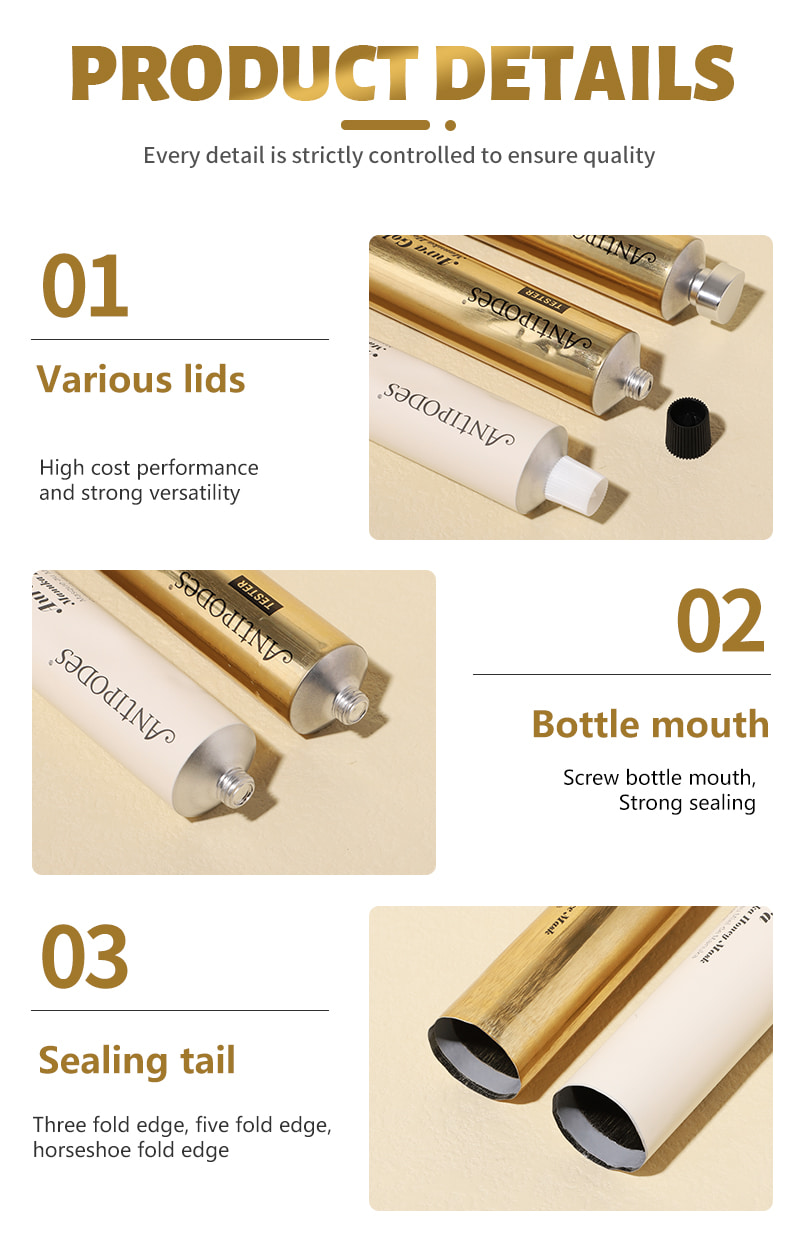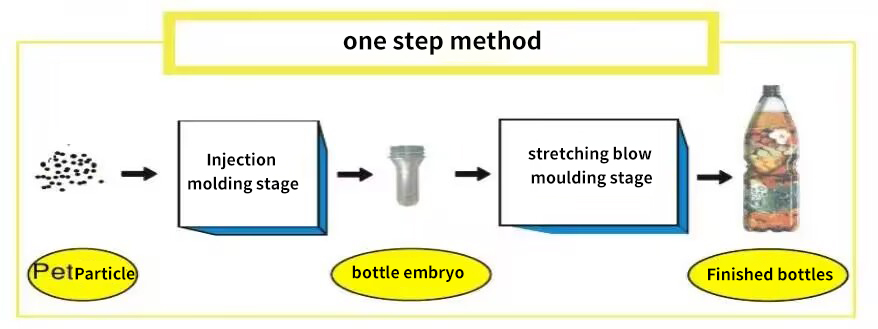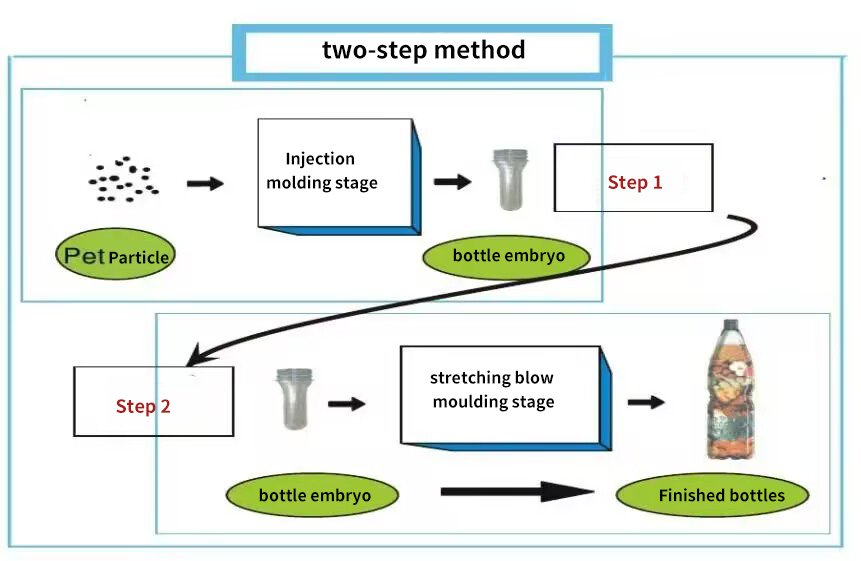In the beauty and personal care industry, aluminum hoses have gradually become a friendly choice for many brands due to their excellent functionality, environmental friendliness and high-quality texture. Here we will help brands and buyers understand the cost-effective packaging solutions of aluminum tubes from three aspects: functional advantages, manufacturing processes and product structure design.
1. The main functions and advantages of aluminum tubes
Strong barrier properties:Aluminum naturally has good light-blocking and oxygen-blocking properties. The molecular structure of aluminum can block 99% of ultraviolet rays, oxygen and water vapor, effectively protecting active ingredients (such as VC, retinol) from oxidation and deterioration, extending the shelf life. It is particularly suitable for creams, gels, essences and other products that are easily affected by air.
Good extrudability:The hose has excellent elasticity and controllable resilience, which can accurately control the dosage and avoid waste by hanging on the wall. The natural antibacterial property of aluminum inhibits the growth of microorganisms. Its hygienic and safety advantages enhance the user experience. It is often used in high-concentration products such as eye cream, hand cream, hair dye, and repair cream.
Recyclable and environmentally friendly:Aluminum is a recyclable resource, which is in line with the global environmental protection trend and helps the brand build a green and sustainable image.
High-end texture:The aluminum surface can achieve a variety of effects such as matte, electroplating, anodizing, etc. The combination of metallic luster and matte/hot stamping technology can enhance the brand premium ability and is suitable for the visual presentation of high-end skin care products and beauty series.
2. Manufacturing process of aluminum tube
Aluminum tube production mainly goes through the following key steps:
Extrusion molding (Extrusion) squeezes the aluminum ingot into a seamless hose under high pressure to form a tube body with a solid overall structure. The length of the tube body is determined by the diameter of the aluminum sheet, and its length is determined by the thickness of the aluminum sheet.
Annealing (Annealing) heats and softens the aluminum tube to improve ductility and facilitate subsequent printing and bending.Surface treatment and printing can be achieved by anodizing, electrophoretic coating, silk screen printing, pad printing and other methods to achieve brand customization. Currently, spot color printing is used. After all colors are printed, the aluminum tube is dried at a furnace temperature of 160 degrees. Due to this unified drying method after printing, if multiple colors are superimposed during the printing process, it will become very difficult to follow up on the colors. Due to the innovation of surface printing technology, a technology called integrated coloring technology is to add 0.1-0.5% gold powder + surface modifier to the quenching liquid to directly form a gold oxide layer, replacing traditional electroplating and eliminating the anodizing process.
The filling and sealing process is heat-sealed or mechanically folded according to customer needs to ensure product sealing.
3. Highlights of aluminum tube structure design
The structure of the aluminum tube can be customized according to different product attributes, including:
Spiral bottle mouth and cap: suitable for different filling types and usage scenarios; the vertical cap can stand up to prevent pollution and is more suitable for facial mask brushes; the octagonal cap is anti-rolling and is more suitable for bathroom products; the magnetic cap can be operated with one hand and is more suitable for cleansers, hand creams and other products.
Controllable discharge port design: such as narrow mouth, anti-pollution metal head, suitable for fine care such as eye essence;
Aluminum-plastic composite structure: the inner layer can be optionally coated with polymer to improve the stability of the contents;
Multiple capacity options: standard packaging from 5 ml to 100 ml can be flexibly adjusted to test and retail needs according to user needs.
Conclusion:
Aluminum tubes are not just a form of packaging, they are a balance of functionality and aesthetics, and they also reflect the idea of environmental protection and sustainable development. For beauty and personal care brands that want to enhance their brand identity and focus on product stability and environmentally friendly packaging, aluminum tubes are a high-quality choice that cannot be ignored.











